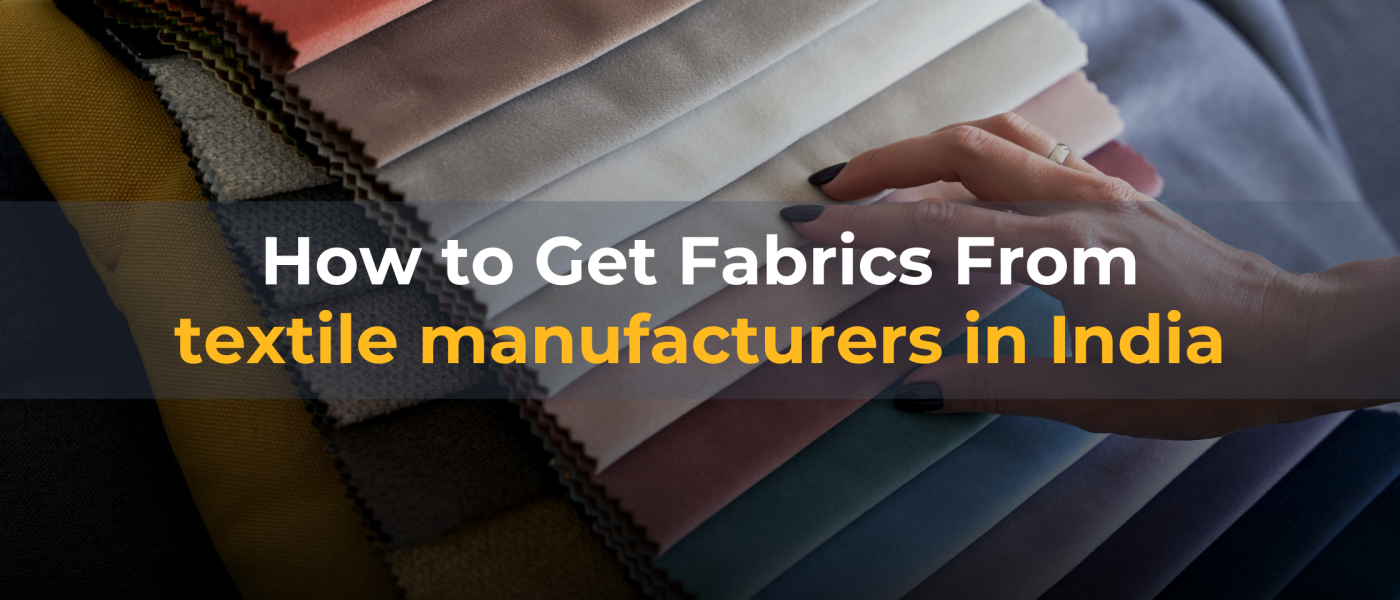In the textile industry, especially in making clothes, Textile Manufacturers in India face a big challenge. It’s tough for them to meet all customers’ needs and stay competitive without the right yarn or fiber. Raw materials are the first and most crucial part of making clothes. They not only make up 70% of the production costs but also contribute to half of the quality problems
In today’s complex supply chain environment, characterized by rising logistical challenges and fierce price competitions, the careful management of raw materials becomes ever more critical in maintaining the quality of fabric production. Additionally, contemporary consumers not only prioritize products that meet stringent quality standards but also demand fabric suppliers to uphold sustainability criteria. Significantly, consumers now hold unprecedented sway in disseminating their experiences to a wider audience, underscoring the importance of getting the fabric right at the outset of the production process.
It All Begins with the Quality of Raw Material
In the garment and apparel industry, how well the final product turns out directly connects with the quality of the fabric when it is sourced from a fabric supplier in India. Even if a brand has a high-quality production facility and follows excellent manufacturing methods, it cannot fix the problems that exist in the raw material.
Most quality issues in the final product happen because of low-quality raw materials used in the production line. However, textile manufacturers in India can easily avoid these problems by checking the quality of the raw materials and ensuring their properties match the requirements of the final garment at the beginning of the production process.
Benefits of Working with Better Raw Materials
Essentially, textile manufacturers in India that work with better raw materials will enjoy the following benefits:
- Reduce quality defects during production and in-store. Addressing issues early in the process and finding reliable fabric suppliers will not only improve quality but also increase production efficiency.
- Smoothen the manufacturing process. For manufacturers, using better materials and fabrics means fewer problems, less waste, and quicker production.
- Increase transparency by helping you know where your materials are coming from. This not only improves tracking but also supports the sustainability goals.
- Avoid delivery problems and costs associated with getting your products right from the beginning. This ensures timely shipments and keeps your stock levels in good shape.
- Satisfy customers and also attracts new ones. Happy customers come from products that deliver on quality and meet expectations.
- Deal with issues early on to cut down on non-quality costs. A smoother supply chain not only reduces costs but also leads to satisfied customers, potentially boosting your business.
Listen to Your Consumers
Consumers are always speaking their minds – whether through intermediaries like DMI, on marketplaces like TEXchange, or their personal handles. In today’s connected world, fashion brands and retailers must listen to customer feedback and use it to improve raw materials. Open dialogue with customers helps to understand expectations and achieve a perfect fit and comfort, inspiring positive feedback.
Maintain Quality from the Very Beginning
The process of transforming raw materials into finished fashion products involves many steps. This makes it challenging for brands and retailers to maintain visibility throughout the supply chain. It is crucial to establish and achieve the highest standards from the outset. A hands-on approach is necessary to map the entire supply chain, starting with sourcing raw fibers and continuing through garment production and beyond. By doing so, effective quality management systems can be put in place from the foundation stage. This will significantly improve operational performance, save time and money, and result in higher-quality products.
Complete evaluation and quality assurance will reveal non-compliance issues early on and enable a fabric supplier in India to implement a solid action plan to address them faster. You can perform the following testing and auditing methods:
- Raw material testing
- Raw material inspection
- Corrective & Preventive Action Plan Audits (CPAP)
- Technical Audits
- Risk Mitigation
- Mills Mapping
- Color Room Validation
- Agile Testing
Interested to buy fabric online from India that surpasses all quality tests? Register on TEXchange Global and get the best deals instantly from verified fabric suppliers worldwide. TEXchange Global is the world’s leading textile trading marketplace for B2B businesses in the industry. For more details, connect with our team.




